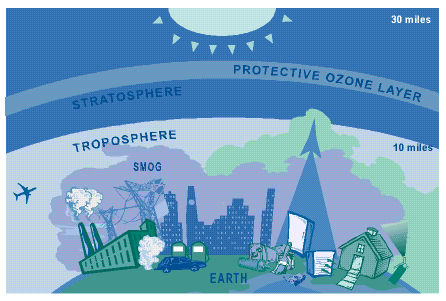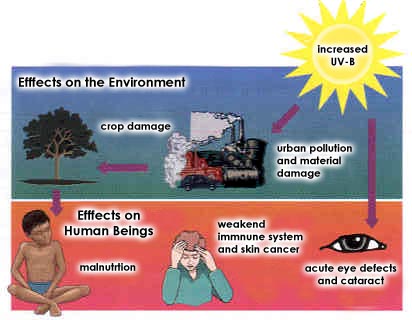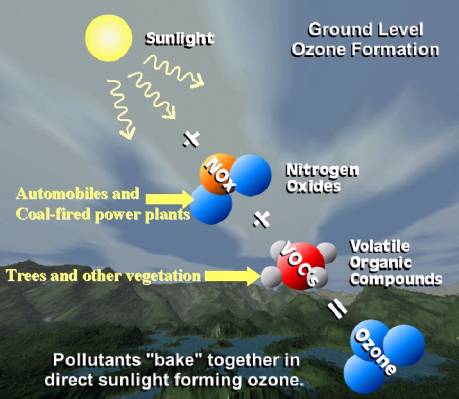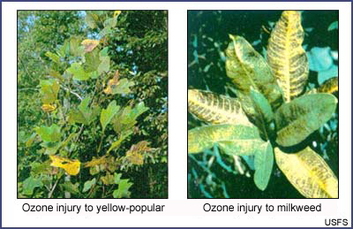How is ozone formed as a low level pollutant?
Ozone is found naturally on earth surface, however only in low concentrations. The two prominent sources from which it originates are hydrocarbons and small amounts of stratospheric ozone. Hydrocarbons are released by plants and soil as byproducts, and the small amount of stratospheric ozone sink down from the stratosphere and come to rest on the surface of earth. Although toxic, neither the hydrocarbons or the excess stratospheric ozone can contribute enough ozone to pose a threat to the health of humans or the environment.
|
|
|




